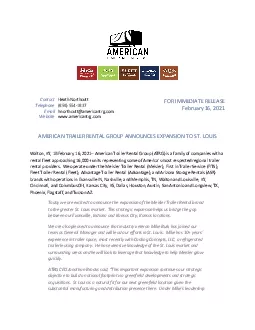PPT-Angelique Northcutt, Garrett Owen, Chris Perdue, Bo Price,
Author : ellena-manuel | Published Date : 2016-06-19
Geology of the Precambrian Sangre De Cristo Range and Picuris Mountains of New Mexico Where are we going The Sangre de Cristo fault is a west dipping fault in
Presentation Embed Code
Download Presentation
Download Presentation The PPT/PDF document "Angelique Northcutt, Garrett Owen, Chris..." is the property of its rightful owner. Permission is granted to download and print the materials on this website for personal, non-commercial use only, and to display it on your personal computer provided you do not modify the materials and that you retain all copyright notices contained in the materials. By downloading content from our website, you accept the terms of this agreement.
Angelique Northcutt, Garrett Owen, Chris Perdue, Bo Price,: Transcript
Download Rules Of Document
"Angelique Northcutt, Garrett Owen, Chris Perdue, Bo Price,"The content belongs to its owner. You may download and print it for personal use, without modification, and keep all copyright notices. By downloading, you agree to these terms.
Related Documents














